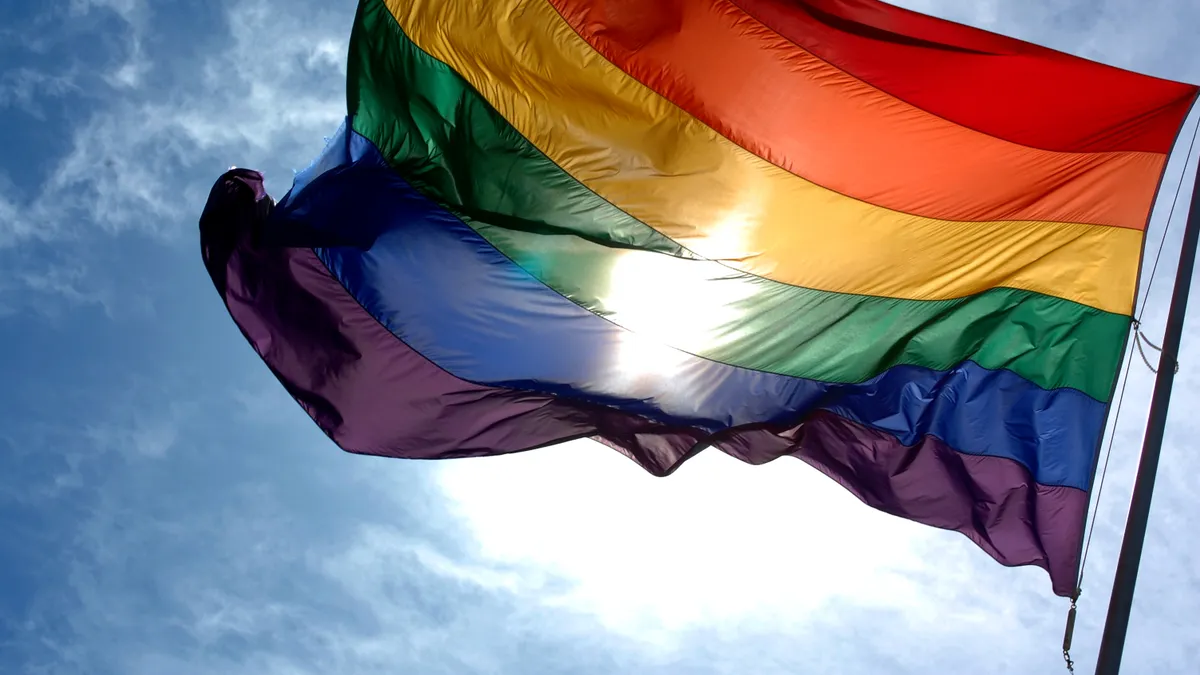Dive Brief:
-
Nearly three-quarters of LGBTQ students surveyed say they’ve experienced bias-based bullying, according to a June 2020 study from the University of Connecticut’s Rudd Center for Food Policy and Obesity.
-
Across the study's sample of sexual or gender minority (SGM) 13- to 17-year-olds, 91% reported at least one experience of bias-based bullying, more than double the estimates in non-SGM samples (36% to 40%). Sexuality-based bullying is more strongly associated with depression and suicide than generalized bullying, the report said.
-
Having a gay-straight alliance, or GSA, at a school mitigated some of these concerns by fostering a more inclusive environment around issues ranging from body size to identity, according to the study. Specifically, LGBTQ students who go to a school with a GSA on campus reported they were bullied less often on points aside from their gender or sexual orientation.
Dive Insight:
An LGBTQ-inclusive curriculum may not only help LGBTQ students feel they are reflected in materials used in their school or classroom, but also help to play a role in reducing bullying and stigma by creating social-emotional learning opportunities.
When materials used in classes are representative of LGBTQ students, they can help to “create an equitable learning environment,” according to a 2015 study in “Equity & Excellence in Education.” More so, students surveyed for the study reported seeing themselves represented in curriculum helped overall to build “a supportive school climate.”
The study noted LGBTQ curriculum was typically taught via stand-alone opportunities in history and social studies classes. While LGBTQ curriculum can include a one-time seminar, it can also be woven into subject matter materials and used in classes from math to biology, as well. Inclusive textbooks or reading materials, for example, can be seeded across all grades, from early elementary to high school.
One option could be to include storybooks in classroom libraries in younger grades that reflect multiple family structures, including LGBTQ-headed families, while another could be to hold high school classroom discussions about how self-identification can be empowering, according to GLSEN. These experiences can, as a whole, help build empathy and compassion among school communities, the education group promoting LGBTQ issues in K-12 education said.







 Dive Awards
Dive Awards







